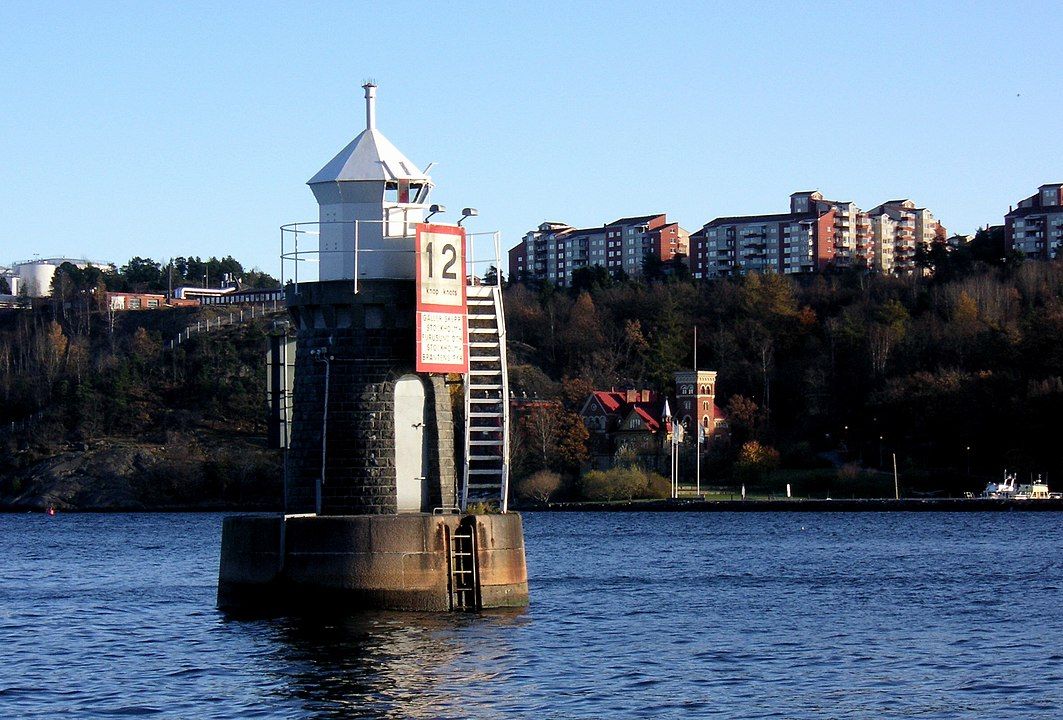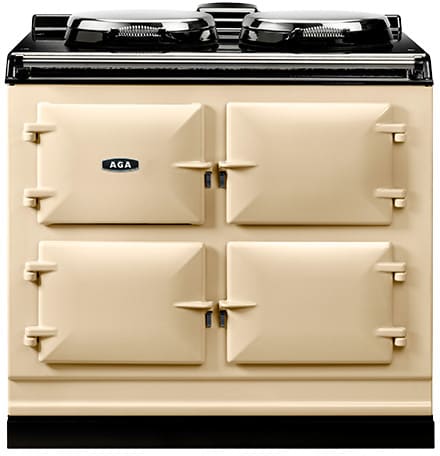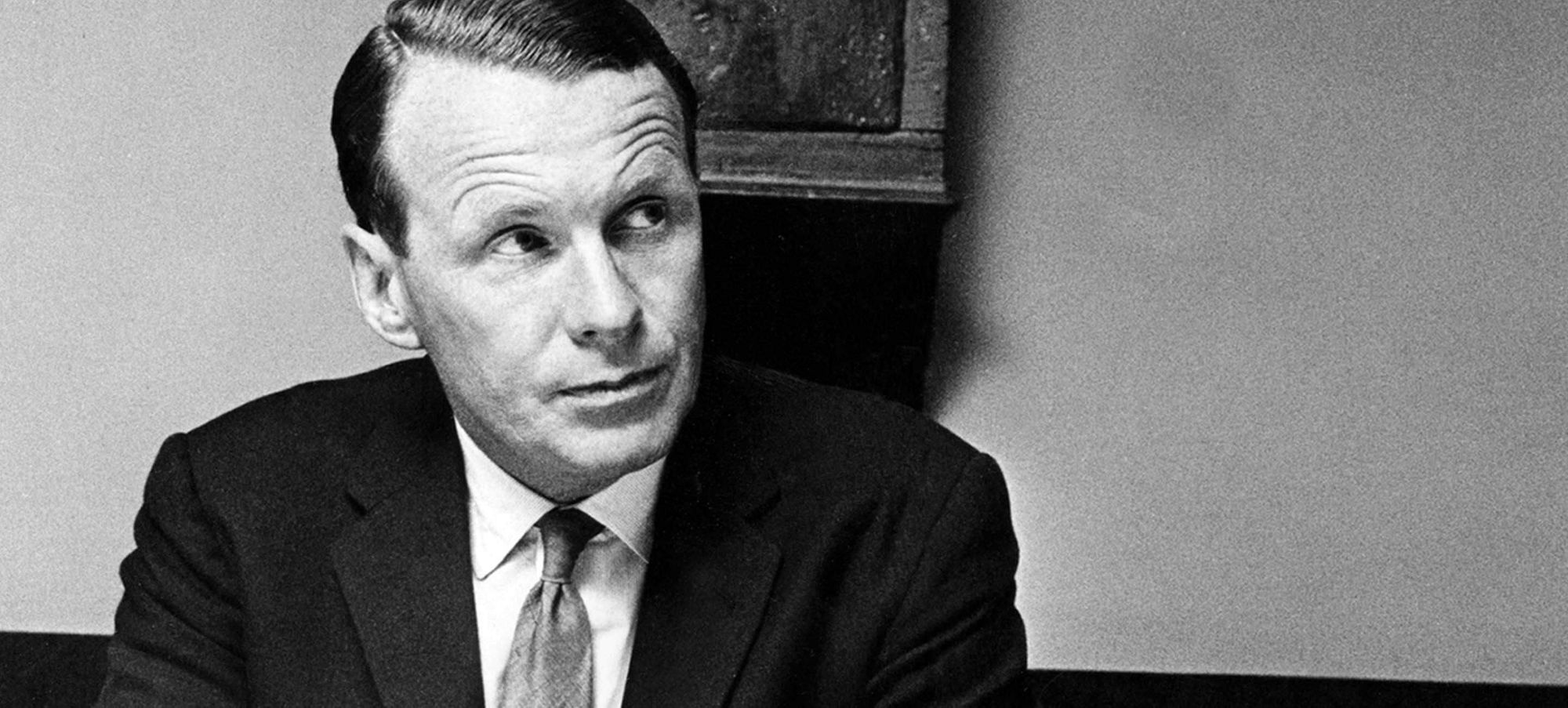
🔧 Nobel Prize winner Gustaf Dalén – the eternal optimist
Gustaf Dalén was the Nobel laureate who experimented and developed a new cooker in his own kitchen. The new cooker revolutionized household work. He was not only a genius engineer, he was also an optimist!
Share this story!
The Swedish inventor Gustaf Dalén, born 1869 and dead 1937, was one of the most important figures in international shipping in the 20th century. He designed highly reliable, fully automatic systems for all types of lighthouses and buoys, and the lighthouses that his company manufactured were spread all over the world.
The only maintenance needed was to replace the bottles with acetylene gas once or twice a year, which made it possible to put up lighthouses in new places where it otherwise would have been too impractical. Dalén received the Nobel Prize in Physics in 1912 for these constructions.
Gustaf Dalén became an engineer at Chalmers in Gothenburg in 1896 and carried on his studies for a year at the highly regarded Polytechnic in Zurich. He then became a designer at the gas company AGA, where later in 1909 became the CEO. He kept the position until his death.

"Do it now!"
Dalén was not only an ingenious inventor and a skilled business leader. He was also a genuinely likable and good guy.
It is very difficult to find negative reviews about his person. In addition to technical ingenuity, Gustaf had primarily two qualities that stood out: speed and optimism. He was a fast thinker, he spoke fast, moved fast and was quick to make decisions. As head of AGA, Gustaf had a sign on his desk with the words "DO IT NOW!".
Gustaf seldom let setbacks bring him down. He was almost always convinced that he would overcome the problems and difficulties he faced. His optimism was contagious. People who met him and the groups he was part of were often captured by his enthusiasm and strong faith in the future.
Dalén's winning personality was certainly an explanation for the fact that, even before he had made any groundbreaking inventions, he did not seem to have had any difficulty in getting job offers or finding financing for his projects.
The only time he became depressed as an adult was when he lost his sight in a blast accident in September 1912. He then thought his career was over. But he soon regained his spark and returned as CEO on February 1, 1913.
Dalén did not allow himself to be discouraged by the fact that both AGA and he personally suffered heavy financial losses during the economic crisis in the early 1920s. When the economy started to recover again in 1922, Dalén wanted to indulge in a new exciting development project. However, he realized that he couldn't participate in the practical experimental activities due to his blindness.
Created a new innovative stove
The challenge he found was to develop an energy-efficient kitchen stove. Gustaf rightly acknowledged that the wood stoves that still dominated Swedish households outside the larger cities meant an extensive waste of fuel.
In addition to inefficiency, the wood stoves were impractical. They demanded recurring ignition and wood handling, and showed uneven heat, and produced sooty pans.

Gustaf Dalén arranged to work on the development of the new cooker in his own kitchen, where his family became his assistants. New cooker models were delivered from AGA according to Gustaf's instructions. The wife and children's job was to read the various temperature gauges, after which Gustaf analyzed the results and gave instructions on which new modifications were to be tested.
In 1929, the energy-efficient, heat-accumulating AGA cooker could be launched. And the response was overwhelming, both in Sweden and internationally. The AGA cooker not only had a superior fuel economy it also alleviated the household chores. The stove meant less work to refuel. No soot. The flat heating plates and enameled surfaces were hygienic and easy to maintain. The stove meant no risk for a person (for example for a blind one) of burning himself.
It became a common thing in advertisements for work opportunities, for household staff, to mention that the kitchen is equipped with an AGA cooker. In Agatha Christie's book 4.50 Paddington, the AGA cooker plays precisely this role, when a declining mansion is looking for staff. At leaste, they had an AGA cooker...
Recruited commerical legend
Early on, the AGA cooker gained a particularly strong position in Great Britain, where in 1932 a company received a license for manufacturing and sales that also included the British colonies. That same year, a 21-year-old sales genius, David Ogilvy, was recruited as a home seller of AGA cooker in Scotland. He had worked as a chef in Paris for a year after being relegated from Oxford University.
Ogilvy became so successful that he was asked to write an instruction manual for home sales. The Theory and Practice of Selling the AGA Cooker from 1935 became a classic in advertising. In the 1960s, it was announced by the American business magazine Fortune the best sales instruction ever written.

Under Ogilvy's management, the Ogilvy & Mather advertising agency had become one of the world's largest and most successful advertising agencies, headquartered on Madison Avenue in New York City, in the 1950s.
Needled pessimists
When a new economic crisis arose in the early 1930s, Gustaf Dalén became more worried about the pessimistic vibe in society than the economic downturn itself. He certainly agreed with President Roosevelt's famous statement in the first inaugural address in 1933: "The only thing we have to fear is fear itself."
That is why Gustaf ordered a number of needles with the text "BE AN OPTIMIST". Of course, he himself wore such a needle, fully visible to all. As soon as he met anyone who complained and articulated pessimistic views, he took out a needle and attached it to the persons coat - an act that may have worried some because as we all know- Gustaf was blind and could not see where he put the needle.
Anders Johnson - Author of the book Gustaf Dalén - A biography. Publisher: Förlaget Näringslivshistoria 2016.
By becoming a premium supporter, you help in the creation and sharing of fact-based optimistic news all over the world.


